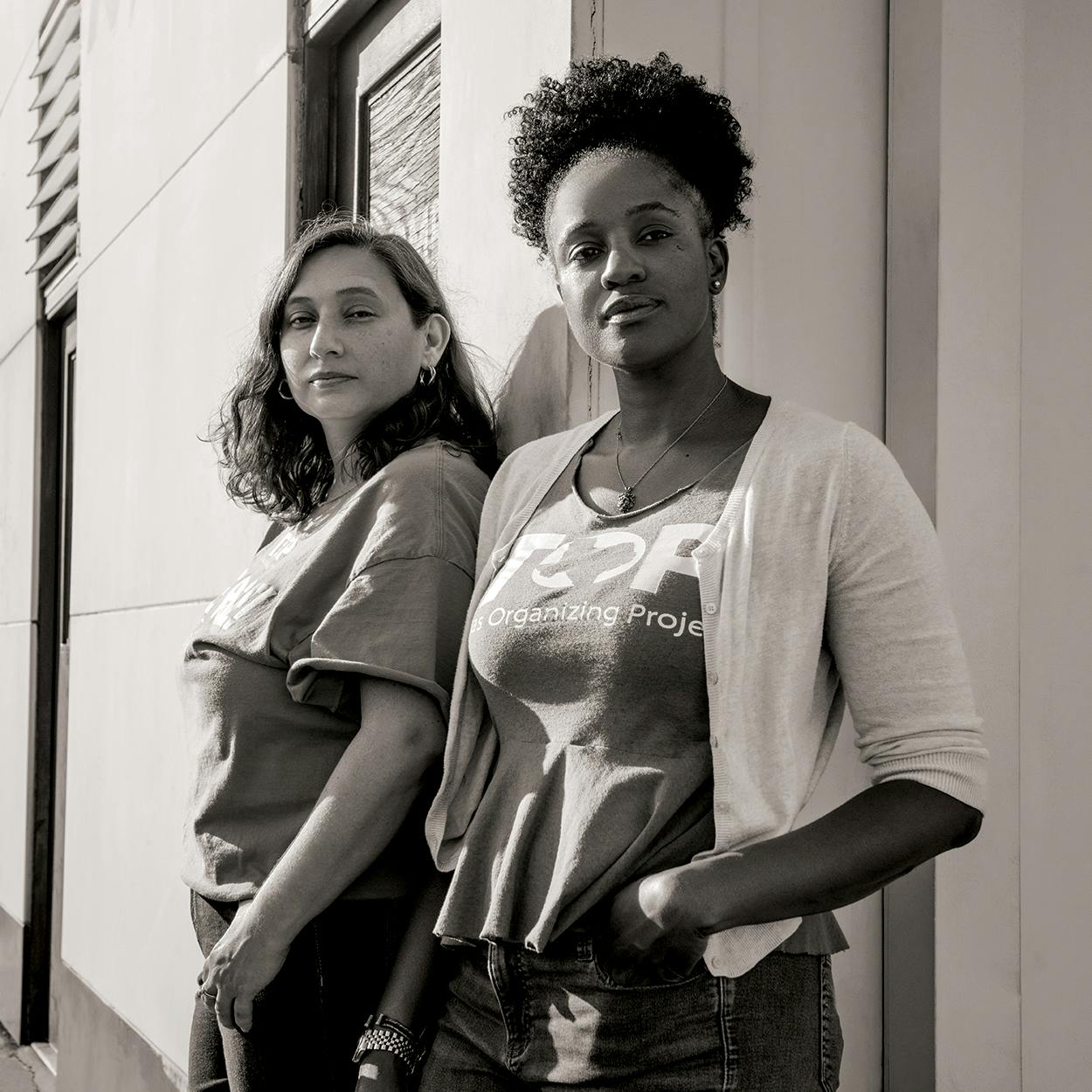In 2016 the Texas Organizing Project’s get-out-the-vote program in Harris County—a combined 1.2 million door-to-door visits and phone calls and nearly 2,500 rides to the polls—helped foment a rout of the local Republican party, headlined by Democrat Kim Ogg’s victory in the district attorney’s race. The nonprofit group’s shoe-leather approach to mobilizing black and Latino communities drew the attention of Harper’s magazine, which singled out TOP’s strategy for engaging low-propensity voters of color as “a new and entirely promising way of doing politics in Texas.”
In the two years since those victories, the group has seen concrete results. “In Kim Ogg’s first hundred days in office, she implemented a program that allows people caught with low levels of marijuana to enter a drug program instead of going to jail,” says TOP executive director Michelle Tremillo, who cofounded the organization in 2009.
Lately, TOP has channeled its energy into the Dallas area, where a major focus has been the criminal justice system. “About 64 percent of the people in Texas county jails aren’t there because they’ve been convicted of a crime,” says TOP deputy director Brianna Brown. “They’re there on pretrial detention, in most cases because they and their families can’t afford the bond.” In Dallas County, TOP joined a lawsuit arguing that the county’s bail practices disproportionally affected indigent defendants. This fall, a federal judge issued a preliminary injunction requiring the county to consider someone’s ability to pay when setting bail.
Public school funding is another priority. TOP spent two years trying to get a tax ratification election on the Dallas ballot, in hopes of increasing the amount of property taxes going to local schools. “We had a lot of conversations with people on the phones and at their doors about the importance of fully funding our schools,” says Brown. An early success came in June, when TOP helped elect a school board member who supported putting tax ratification on the November ballot. Last month, voters approved Dallas ISD’s Proposition C by a wide margin.
TOP had other reasons to be happy on Election Day. Over the course of the fall the group engaged more than 300,000 Dallas County voters in hopes of getting 26,000 people it had contacted to the polls. By the end of early voting, TOP had already reported exceeding that goal by more than 20,000 voters.
Brown and Tremillo have long histories in the state—they’re both fourth-generation Texans—but they’re keeping their eyes on the future. “Our goal is to have a reflective democracy, where the people who are voting reflect who lives here,” says Tremillo. “If I were to imagine that it’s 2030 and we’ve been successful, I’d expect that the majority of our state leadership is people of color. And a woman of color is our governor.”
This article originally appeared in the December 2018 issue of Texas Monthly with the headline “Waking the ‘Sleeping Giant’ of Texas Politics.” Subscribe today.
- More About:
- Politics & Policy







